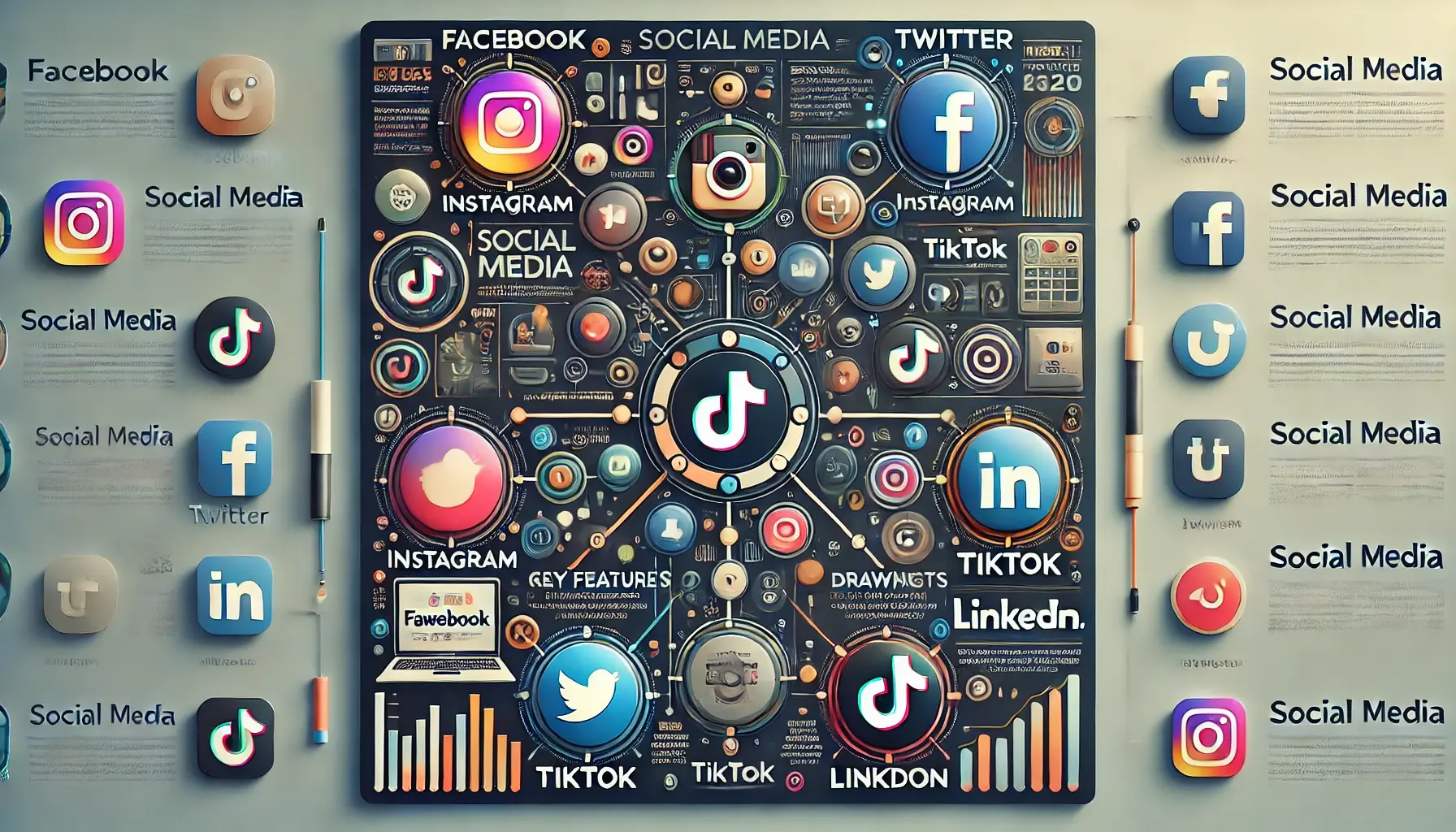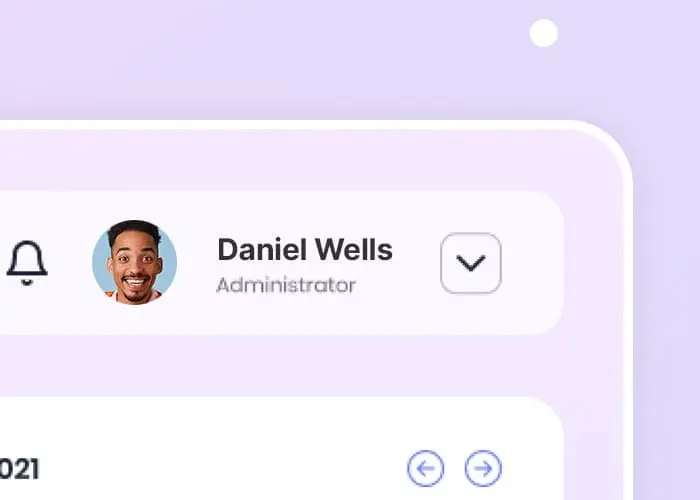Comparing Social Media Apps: A Comprehensive Guide to Features, Benefits, and Drawbacks for Enhanced Online Presence

Unlock the potential of your online presence with our in-depth comparison of the leading social media apps. This comprehensive guide delves into the unique features, benefits, and drawbacks of each platform, empowering users and managers to make informed choices tailored to their engagement strategies. Whether you're looking to enhance your brand visibility or streamline your social media management, this article equips you with the insights needed to navigate the dynamic digital landscape.
Introduction to Social Media Apps
In today’s digital landscape, social media has become an integral part of communication, marketing, and brand building. With billions of users worldwide, social media platforms serve as powerful tools for individuals and businesses alike to connect, engage, and share content. The role of social media apps in enhancing online presence cannot be overstated; they provide the means to reach diverse audiences, foster relationships, and promote products or services effectively.
This article aims to compare leading social media platforms, highlighting their unique features, benefits, and drawbacks. By understanding these aspects, social media users and managers can make informed choices tailored to their engagement strategies, whether for personal branding or business growth.
Key Features of Leading Social Media Apps
- User Demographics and Reach: Facebook boasts a diverse user base, making it one of the best social media apps for reaching various demographics. With over 2.8 billion monthly active users, it offers unparalleled reach for brands and individuals alike.
- Unique Features: Facebook provides a plethora of features, including Groups for community building, Marketplace for buying and selling, and Events for organizing gatherings. These tools enhance user engagement and foster connections.
- Advertising Capabilities and Analytics Tools: Facebook’s advertising platform is robust, allowing for targeted ads based on user behavior and interests. Additionally, its analytics tools provide valuable insights into audience engagement and campaign performance.
- Visual Content Focus and Engagement Strategies: Instagram is centered around visual storytelling, making it ideal for brands that rely on aesthetics. High-quality images and videos are key to capturing audience attention.
- Stories, Reels, and IGTV Features: Instagram offers various formats for content sharing, including Stories for ephemeral content, Reels for short-form videos, and IGTV for longer videos. These features encourage creativity and engagement.
- Influencer Marketing Opportunities: With a strong influencer community, Instagram is a prime platform for influencer marketing, allowing brands to leverage trusted voices to reach their target audience effectively.
- Realtime Communication and Trending Topics: Twitter excels in real-time communication, making it a go-to platform for news and trending topics. Users can engage in conversations and stay updated with current events.
- Character Limit and Its Impact on Messaging: The 280-character limit encourages concise messaging, which can lead to impactful communication. However, it also requires users to be strategic in their messaging.
- Hashtags and Their Role in Visibility: Hashtags are crucial on Twitter for increasing visibility and engagement. They help categorize content and connect users with similar interests.
- Professional Networking and B2B Opportunities: LinkedIn is the premier platform for professional networking, making it essential for B2B marketing and career development. It connects professionals across various industries.
- Content Sharing and Thought Leadership: Users can share articles, insights, and updates, positioning themselves as thought leaders in their fields. This feature enhances credibility and authority.
- Job Search and Recruitment Features: LinkedIn’s job search capabilities and recruitment tools make it a valuable resource for both job seekers and employers, facilitating connections in the professional realm.
TikTok
- Shortform Video Content and Virality: TikTok has revolutionized content consumption with its short-form videos, which often go viral. This platform is ideal for brands looking to tap into trends and reach younger audiences.
- Creative Tools and Effects: TikTok offers a variety of creative tools and effects, allowing users to produce engaging content easily. This fosters creativity and encourages user participation.
- Audience Engagement Through Challenges and Trends: TikTok thrives on challenges and trends that encourage user participation, making it a dynamic platform for audience engagement.
Benefits of Using Social Media Apps for Online Presence
- Increased Brand Visibility and Awareness: Leveraging social media apps can significantly enhance brand visibility, allowing businesses to reach larger audiences and increase awareness of their products or services.
- Enhanced Customer Engagement and Interaction: Social media provides a direct line of communication between brands and customers, fostering engagement and interaction that can lead to loyalty and advocacy.
- Access to Valuable Analytics and Insights: Most social media platforms offer analytics tools that provide insights into user behavior, engagement metrics, and campaign performance, enabling data-driven decision-making.
Drawbacks of Social Media Apps
- Privacy Concerns and Data Security Issues: With the rise of social media, privacy concerns have become prevalent. Users must be cautious about the information they share and the potential for data breaches.
- Time Consumption and Potential for Distraction: Social media can be time-consuming, often leading to distractions that hinder productivity. Users must manage their time effectively to avoid falling into this trap.
- Algorithm Changes Affecting Reach and Engagement: Many social media platforms frequently update their algorithms, which can impact the visibility of posts and overall engagement. Users must stay informed and adapt their strategies accordingly.
Choosing the Right Social Media App for Your Strategy
- Identifying Target Audience and Their Preferred Platforms: Understanding your target audience is crucial in selecting the right social media app. Different demographics favor different platforms, so aligning your strategy with their preferences is essential.
- Aligning Platform Features with Business Goals: Each platform offers unique features that can be leveraged to meet specific business goals. Consider how these features can enhance your overall strategy.
- Balancing Multiple Platforms for Comprehensive Engagement: While focusing on one platform may seem beneficial, a multi-platform approach can provide comprehensive engagement and reach a wider audience.
Conclusion
Understanding the features, benefits, and drawbacks of various social media apps is vital for anyone looking to enhance their online presence. By leveraging the insights provided in this article, social media users and managers can make informed decisions that align with their engagement strategies. As the digital landscape continues to evolve, staying adaptable and informed will be key to navigating the complexities of social media and maximizing its potential for brand visibility and engagement.




0 Comments